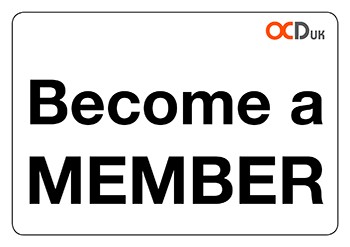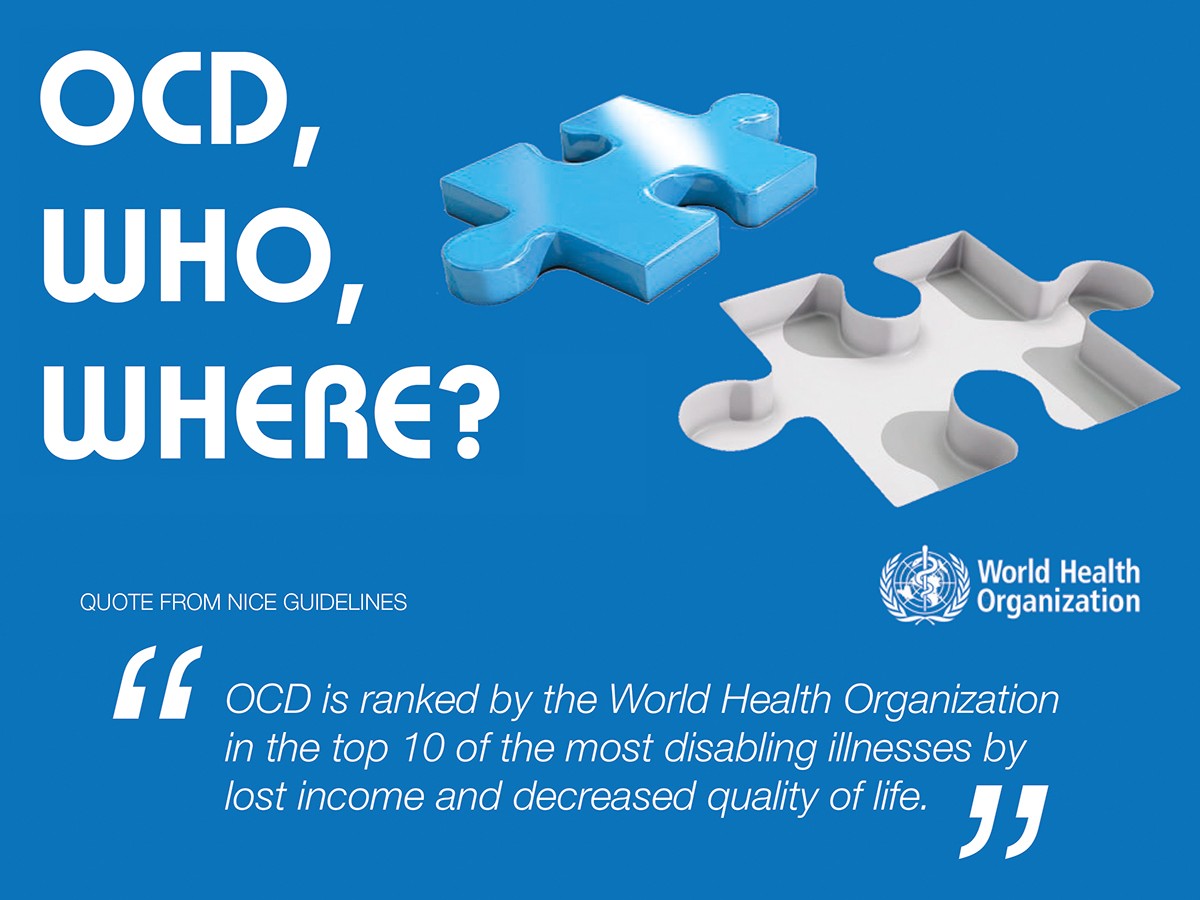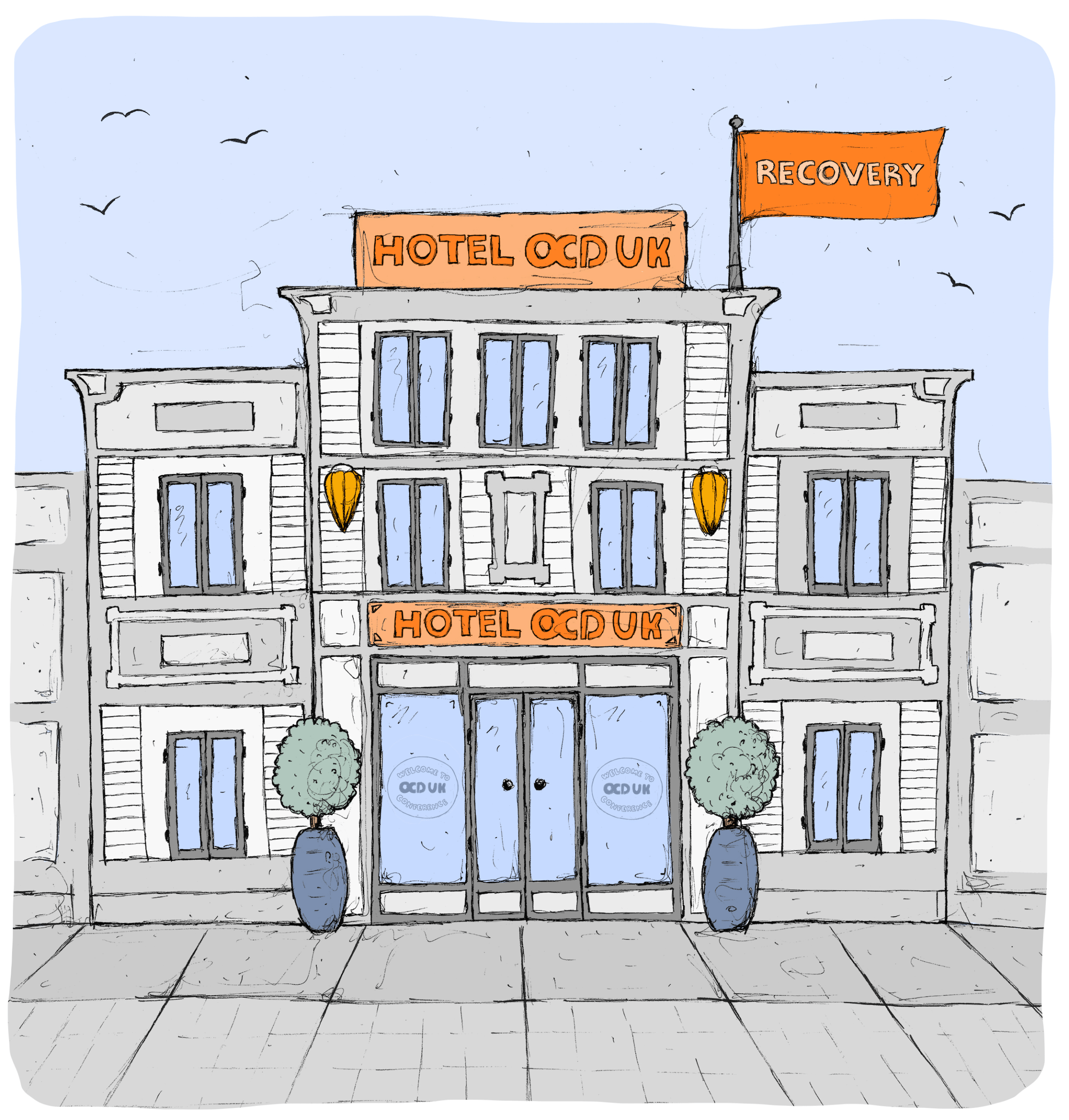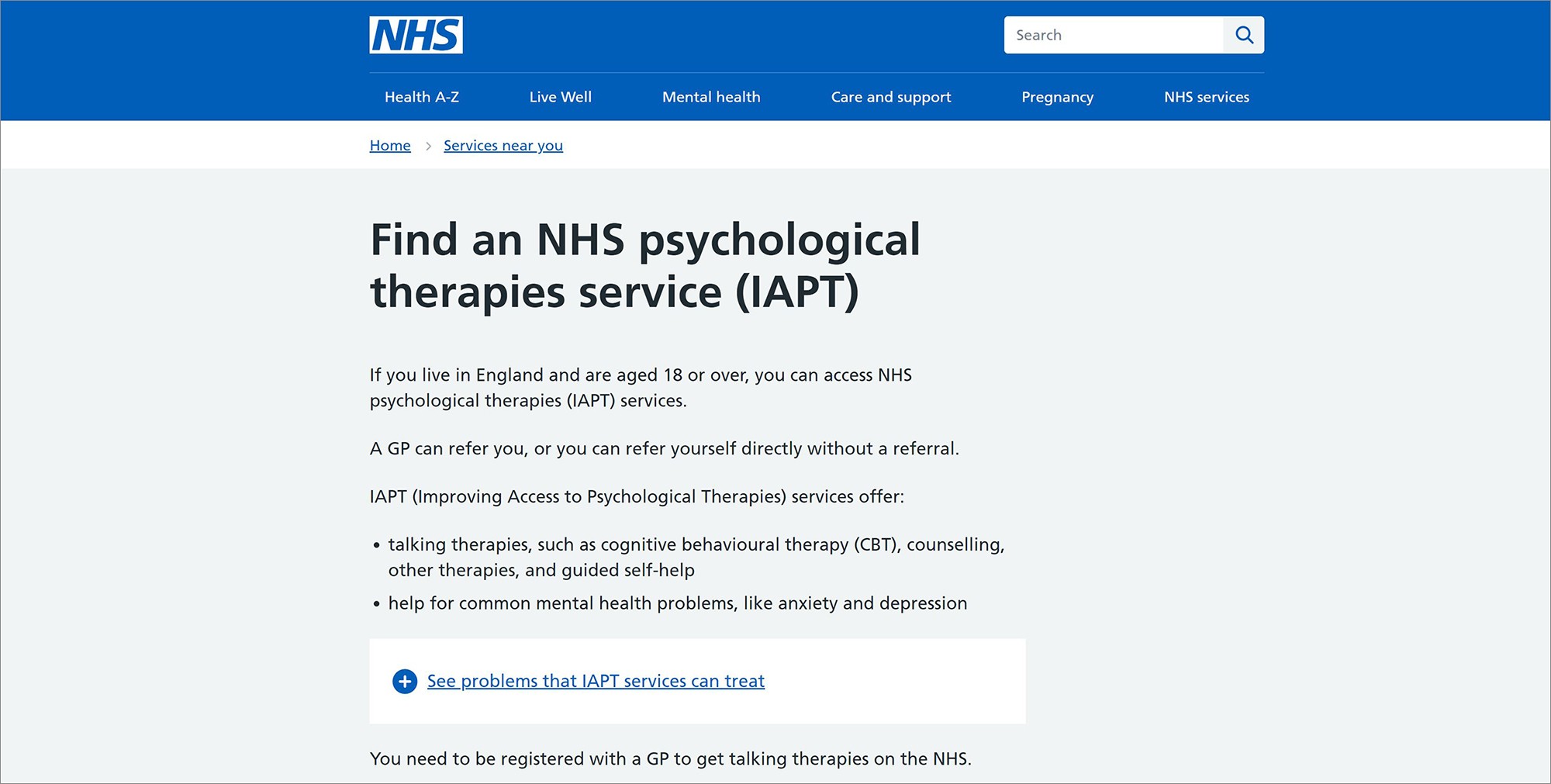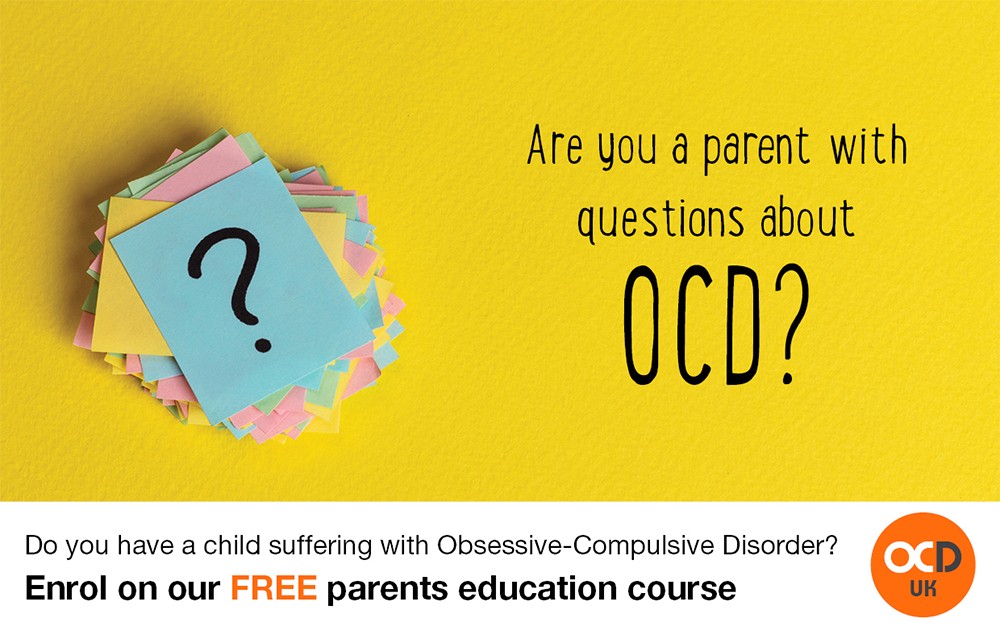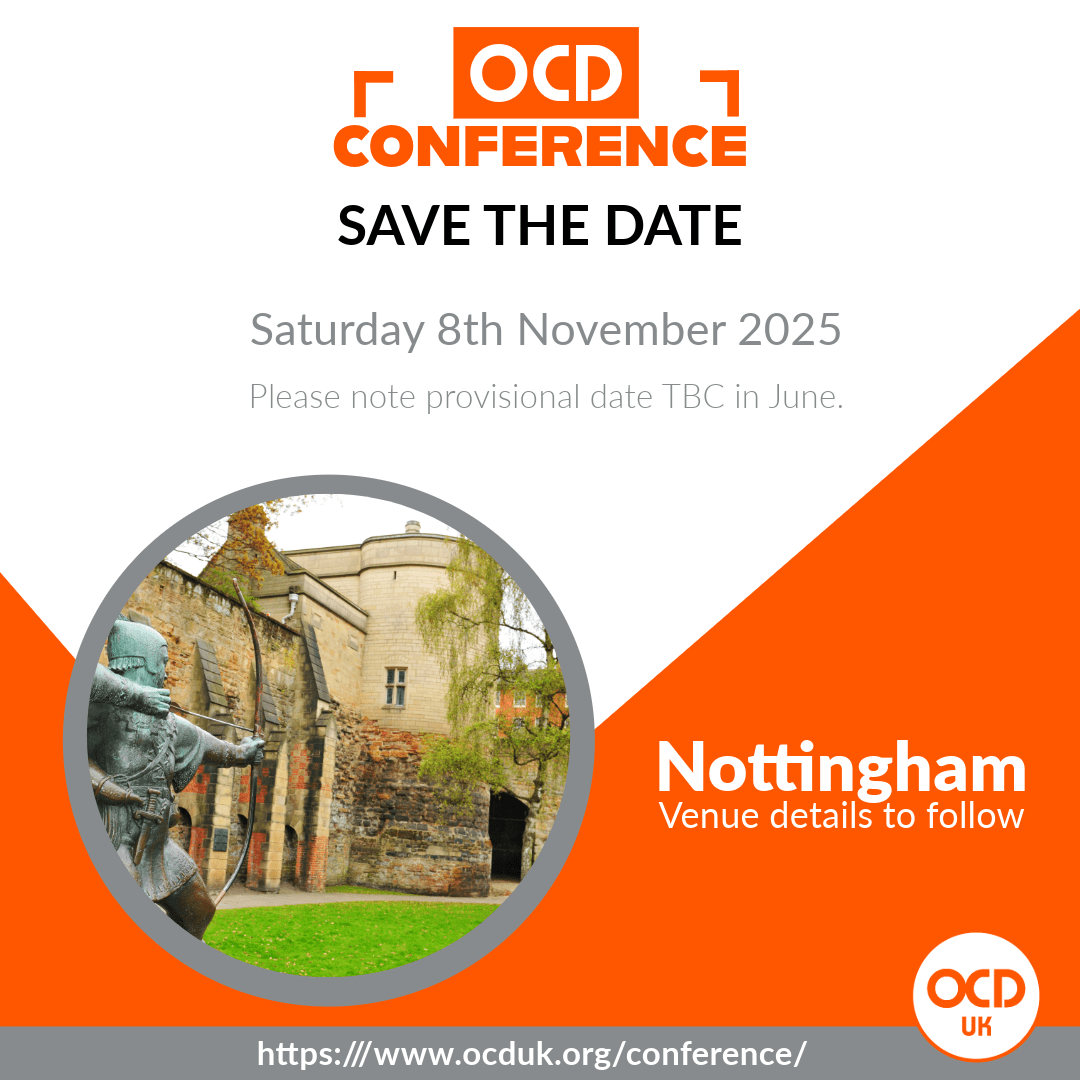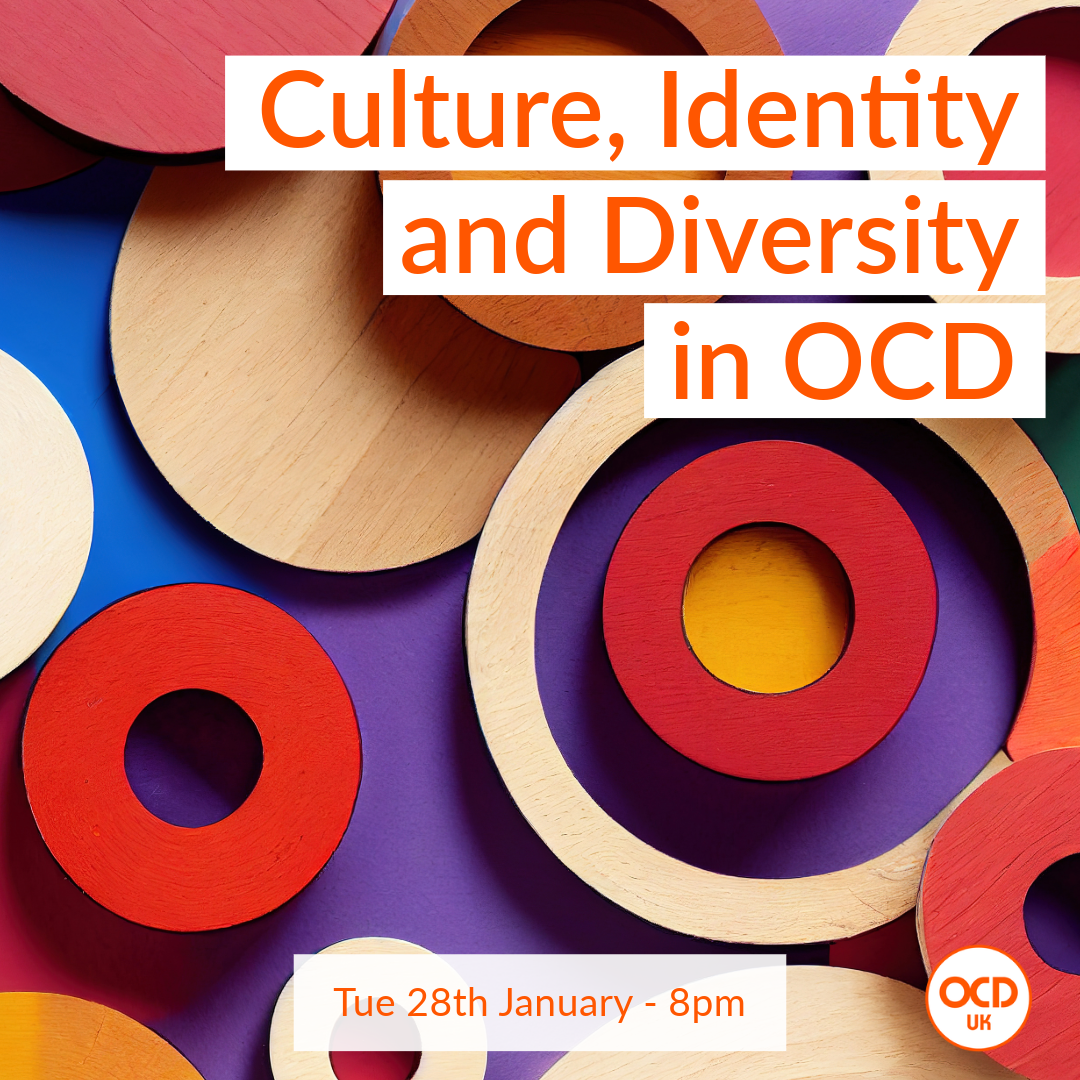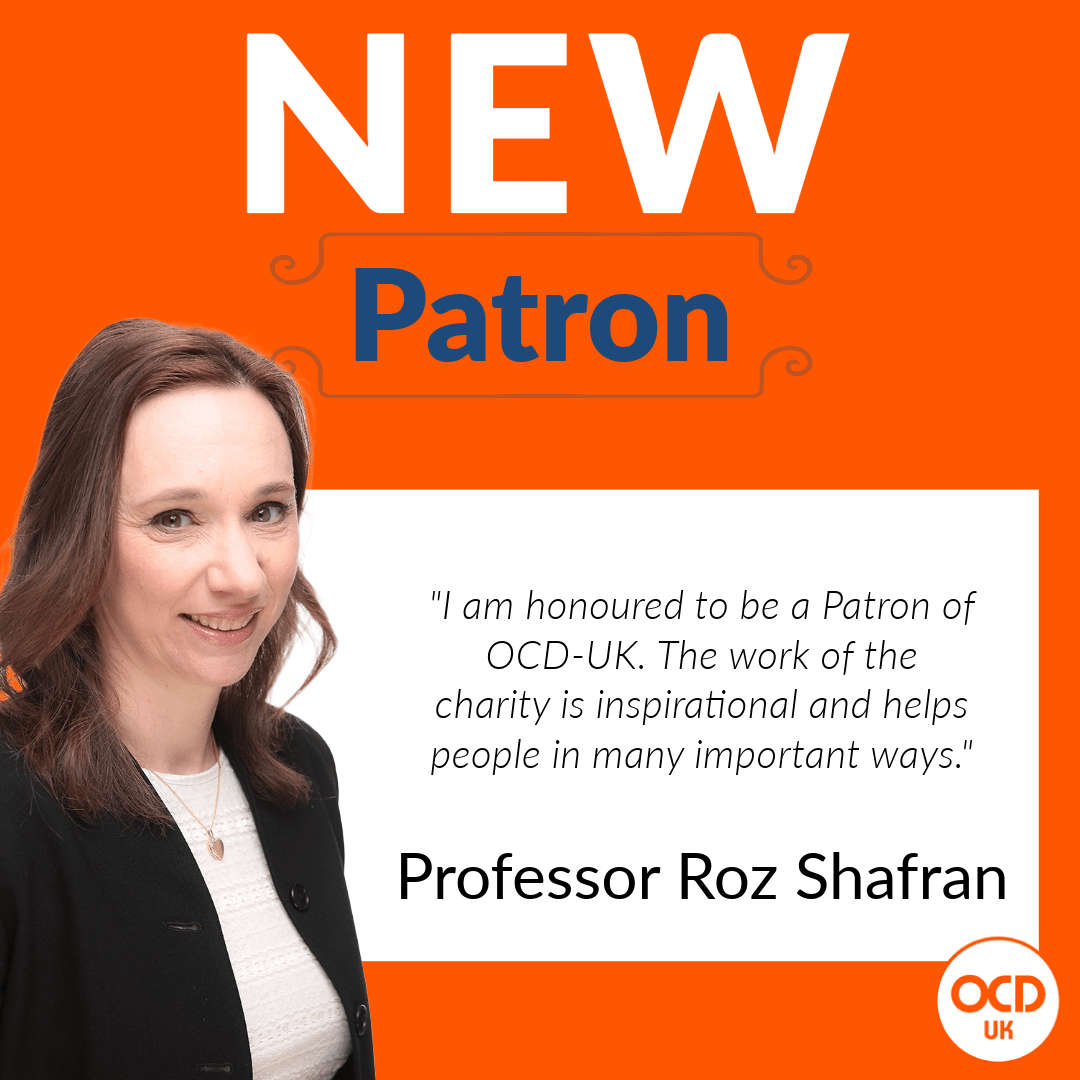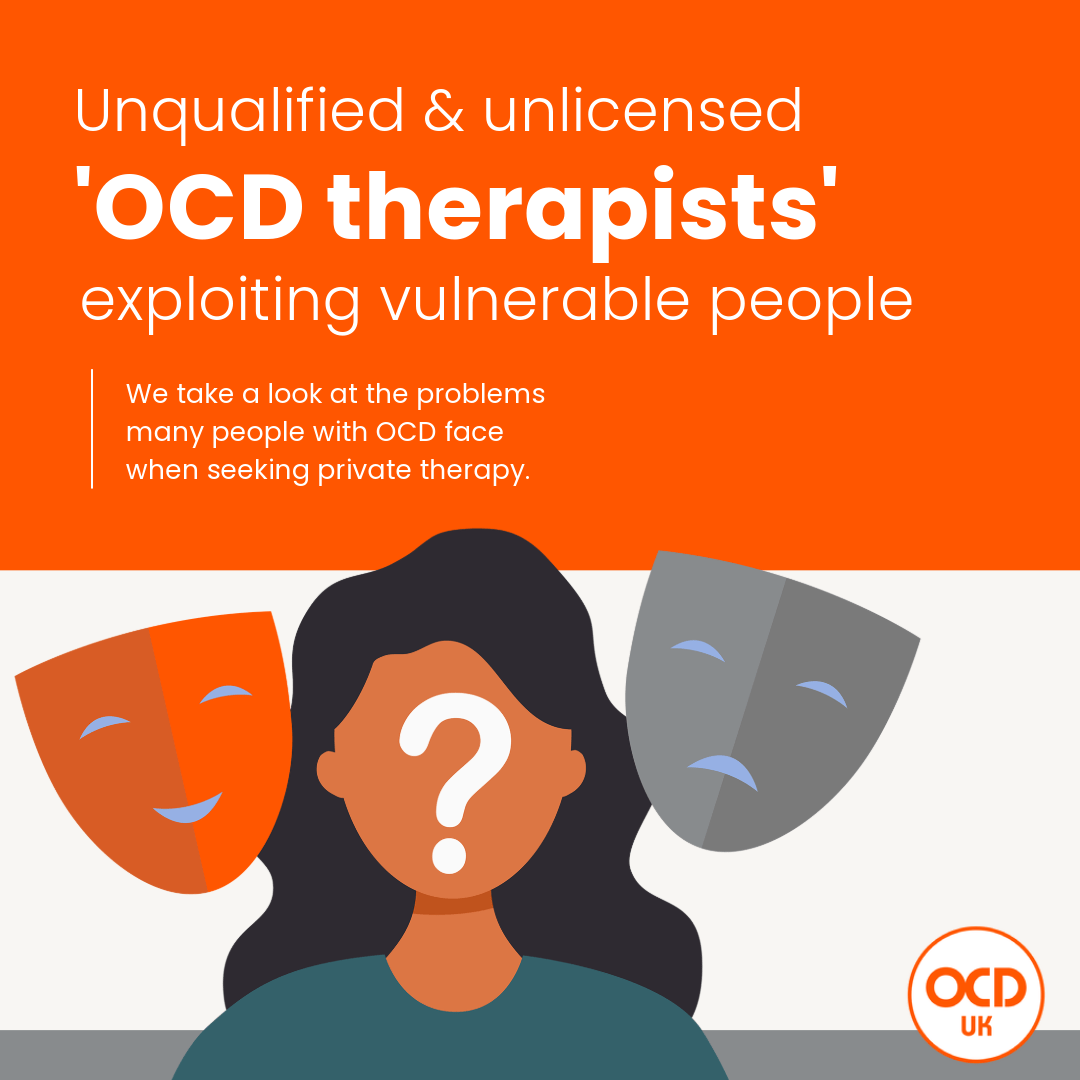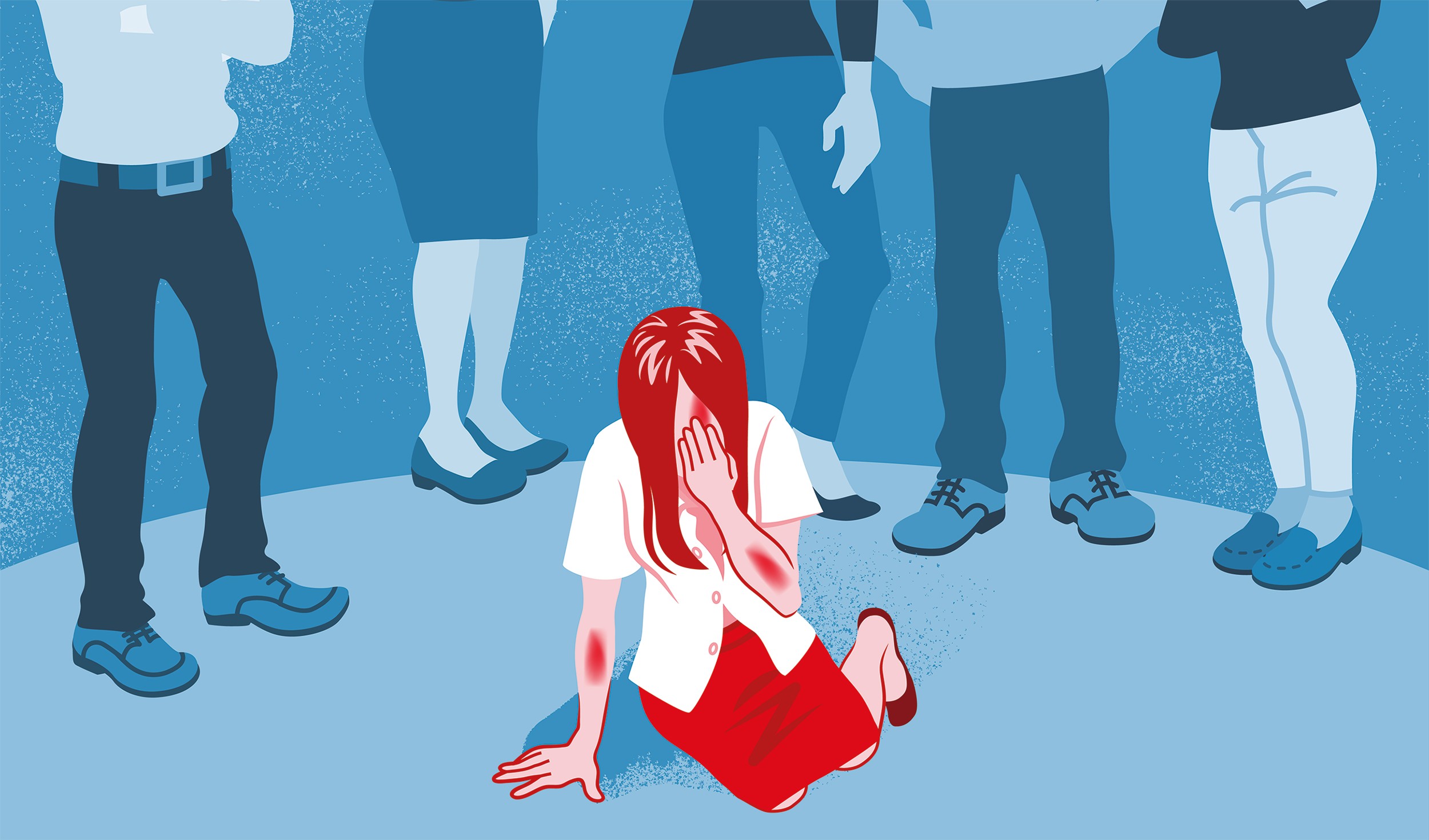How common is OCD?
Is OCD more common now?
Is OCD an addiction?
What Type of Person is affected by OCD?
Can OCD be cured?
Is hoarding part of OCD?
However these figures could potentially be nearer one million if we assume that the majority of sufferers will involve a loved one in their rituals (i.e. seeking reassurance).
We are frequently asked by journalists if more people now suffer with OCD. Although OCD is frequently talked about now, this doesn’t mean it is more common now so we don’t think that OCD is any more common now. Going back 10-years, the estimates of OCD were reported to be 2-3% of the population, however more recent research suggests that figure was over exaggerated, hence the 1-1.8% figures now used. The reason people have the misconception that OCD is more common now is because of mass media and social media now making much more references to OCD, sadly often inaccurate, when 10-15 years ago OCD was rarely mentioned anywhere.
In summary, we don’t think OCD is more common today than it used to be, it is just talked about more (which in itself sometimes is counter-productive).
Sex, gambling, drugs, alcohol, shopping, football may be compelling obsessions/compulsions – but these are NOT OCD. They start out to be pleasurable interests of choice without anxiety or fear of consequence and are therefore would never be part of clinical OCD.
People with OCD suffer from more mundane, non-pleasurable compulsions: things like repeated and stereotyped checking, counting, ordering or cleaning which never start out to be pleasurable and cause significant anxiety and disorder.
The experience of OCD can be traced historically, cross-culturally and across a broad social spectrum and does not appear to restrict itself to any specific grouping of individuals per se. On the contrary, increased availability of information show numerous examples of OCD and its occurrence in the lives of various well-known figures, this observation implies a negligible difference in terms of the disorder’s incidence rates across race, creed and class.
OCD affects males as frequently as females. Its mean age of onset is around 20 years old but the disorder’s onset is reported to occur earlier in men than women.
OCD will impact on anyone regardless of age or ethnic background.
Cure is an emotive word, but if we look at the definition of cure, it is to restore health, and that is definitely possible. For some people with the right support and treatment, they may find themselves recovered from OCD to the point of being cured.
For others, access to good quality treatment means recovery remains a realistic proposition. And recovery can mean different things for different people, for some recovery is an ongoing journey, for others it may be a specific desitnation.
For example, if someone with OCD makes progress through treatment, they may still experience the occasional intrusive thought. But if those thoughts no longer impact on them, no longer causes anxiety and no longer leads to any form of mental or physical compulsion then they would not be diagnosed with OCD anymore. Some people call this recovery, some call this cured. Whatever it is called, it is a realistic target for treatment.
We have to be a charity that gives hope, so the answer to this question is yes, for some people who access good quality treatment, recovery and cure is a real possibility.
One reason it was eventually thought that hoarding is different to OCD is because frequently those suffering responded very differently to people with OCD. For example most people with OCD realise something is wrong and usually want to get better. Hoarders often refuse to accept they have a problem and don’t want to get better, or least don’t admit to. It was also noted that many hoarders don’t respond to standard OCD treatment.
So in summary, in some cases people will hoard as a symptom of OCD, so would be diagnosed as suffering with OCD. Many hoarders, will not hoard for OCD type reasons so would not be diagnosed as suffering with OCD.

